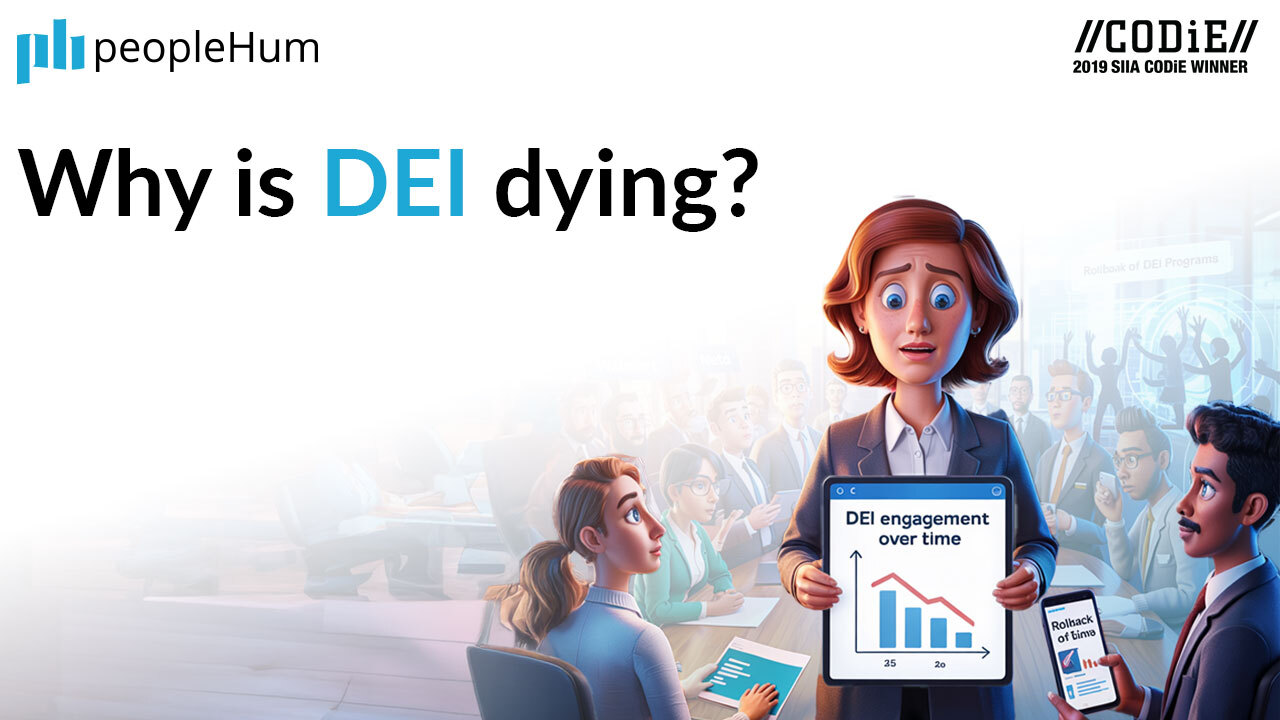
Naturally, people are not inclined to work in a team, which is why a leader must stimulate growth in his collaborators in terms of communication, mutual trust, the ability to decide and manage conflicts. But, concretely, how can this goal be achieved?
Through clear and shared procedures. Establishing procedural modalities of interaction between team members allows to facilitate the individual approach to the decision-making phases. Decision making will not always be the same. For example, when it comes to determining where to hold the next meeting and at what time, the team needs to be quick and effective, without wasting time. If marginal decisions take up too much time and energy, you risk compromising the good functioning of the team.
On the contrary, if it is a question of discussing and designing a project, it is good to dedicate all the time necessary to dissect the individual positions and any perplexities, in order to have the concrete commitment of everyone (commitment). The overall climate within which the team operates determines the quality of performance. We need to promote what the English call the thinking environment , that is the ideal environment for reasoning together in complete serenity and naturalness.
Even the communication "intrateam" (between team members) and "interteam" (with members of other teams) must be free from any form of retro-thought or, as the French say, of arrière - pensée.It is vital that leaders promote the idea that the contributions of individuals within the team and of individual teams in the broader context of the organization are pieces of a puzzle that everyone must relate to. To make this climate of collaboration effective, it is necessary to make public the ways in which the team makes its decisions and which tools it uses. Trust always comes from transparency. But how is a thinking environment created?
1. Pay attention to listening
Listening to others is not just a matter of respect, it is also a good way to reflect better and more deeply on the subject under consideration. When you are focused only on your own thinking and can't wait to be able to express it, you are simply taking part in a show, hoping to be the best performer. The subject who does not know how to free himself from the limits of vanity and exhibitionism is an unsuitable subject to be part of a team. Paying attention to others is a symptom of intelligence and mental balance.
2. Remove the prejudices of individuals or groups
A team, in a working or, in any case, organized context, meets to analyze one or more situations and make the best possible decisions in this regard. Hence, it is up to the leader to rationalize the process, sweeping away all existing prejudices and preconceptions. If Tizio thinks that Gaius is angry with him (or with her), he will continue to experience any moment of confrontation with the latter in conflict. If Team A thinks Team B is angry with them, they will work for their own success and not for overall success, which is to say they work for everyone's defeat.
3. Promote the idea of equality
A leader must always reiterate, in voice and behaviour, that, within the team, everyone is equal. This guarantees the tranquility of the individual members, who are favorably disposed towards the others, knowing that they enjoy the same credibility and "political weight". Mutual respect is the effect of the feeling of equality.
4. Provide all information
One of the weaknesses of some leaders is that they do not provide their collaborators with all the information useful to address a certain issue, with the result of holding useless meetings. Frustration causes individuals to lose interest and stop contributing effectively.
5. Gather in dignified places
Gathering to discuss and make decisions is an important event and deserves to be organized in suitable places. The place that hosts the team must clearly say to everyone: "you count, you are important and that is why you are here". If the meeting is held in some hidden place, perhaps with someone standing, the message is "we are not doing anything important, so we have to be content". Making decisions requires attention and concentration and the physical place where this occurs is not irrelevant.
The five points outlined above are only indicative, but, if put into practice, they are an excellent starting point for creating an authentic thinking environment.
About the author
Giuseppe Ando is a C-Level & Executive Coach - Associate Partner at the acclaimed Marshall Goldsmith Stakeholder Centered Coaching. With a career that presides at the crux of the Venn diagram of Passion, Skills, and Experience, Giuseppe’s reputation as top executive coach has spanned decades. Among his many accolades, he is also recognized for his unique ability to understand and inspire those he coaches to excel professionally and personally while also delivering their organization’s desired results.































-min.jpg)





.webp)












